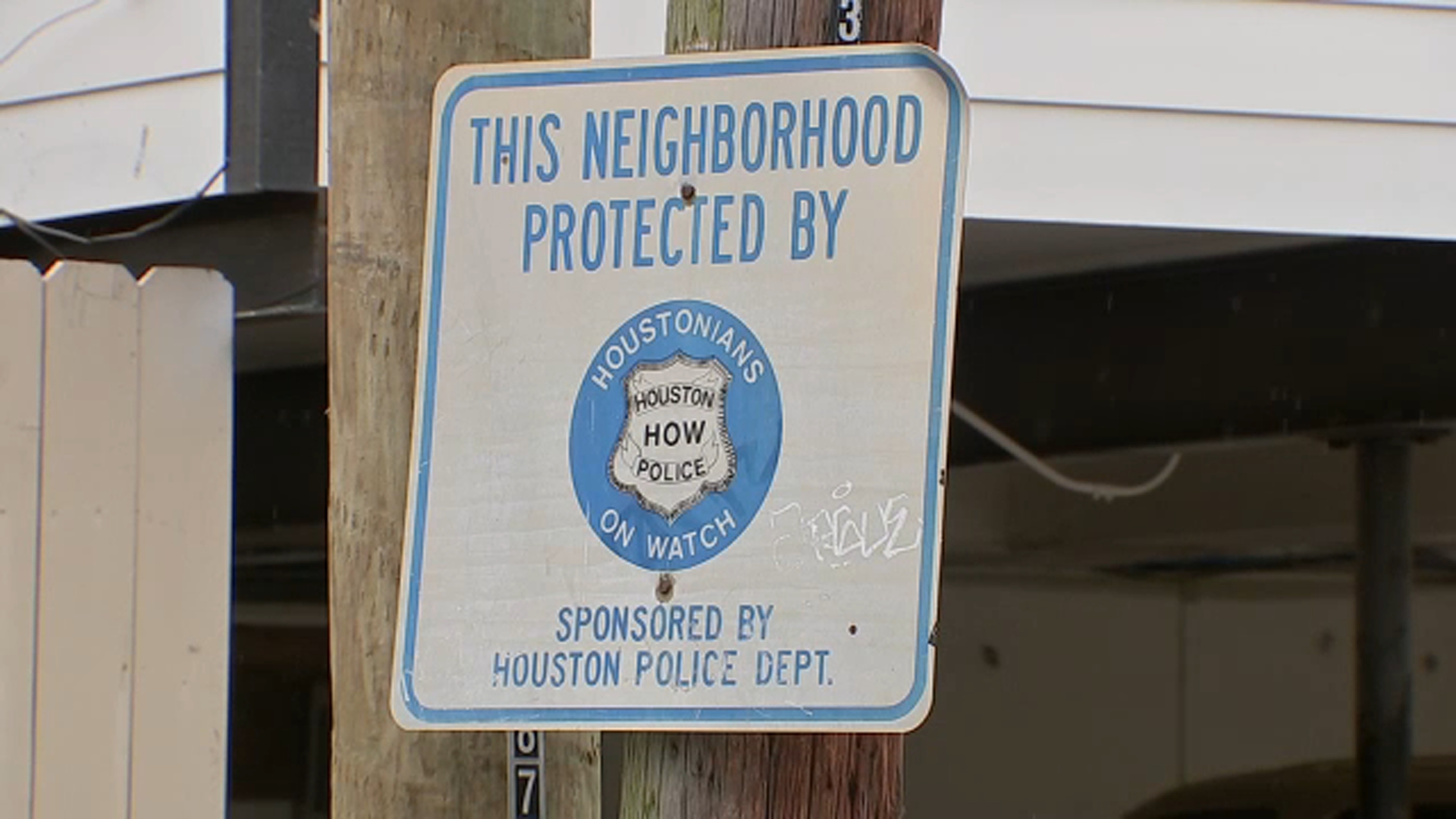City of Houston officials credit previous weather events for quick response to recent winter storm

HOUSTON, Texas (KTRK) -- The winter wonderland that blanketed Houston earlier this week has come and gone, something many in southeast Texas have never seen before.
After dealing with storm devastation over the years, Eyewitness News asked Houston's leaders how the infrastructure held up this time.
With a rare storm heading towards the area, Public Works officials knew there would be obstacles to protecting the infrastructure.
"I think our biggest challenge was a resource challenge - experience many inches of snow. We don't keep that equipment, and we don't know how to deal with it," Director of Public Works Randy Macchi said.
RELATED: Houston homes are vulnerable to winter storm damage, check four areas of your home for issues
According to the department, there were a limited number of trucks to help put brine on the road, so many had to be converted. Other trucks transformed to put down salt and sand. The city also doesn't have snowplows, so it got help from the Texas Department of Transportation.
When temperatures plummet, one main issue would be water main breaks. Officials said, fortunately, there weren't that many.
"In those first 24 hours, we only had 26 calls for new water main breaks. We handle those as expeditiously as we could," Macchi said.
Eyewitness News also spoke to industry experts about their feelings about the city's response to the storm and what else could be done to help protect the infrastructure in the future.
RELATED: Comparing the deadly 2021 freeze to the 2025 snowfall that hit southeast Texas
"Now, what can you do in the long term in terms of investing and infrastructure? They heat their roads in certain intersections, these engineering solutions," said Professor Bruce Race, Professor of Architecture and director for the Center of Sustainability and Resilience at the University of Houston.
They feel no matter how successful a response is, there is always room to make changes.
"One of the first things you do after an event like this is you review the things you did well, the things that went bad. You reviewed your plan, and did you follow your plan all the way through it? What changes do you need to make for next time?" Carol Haddock, professor-in-the-practice of Civil and Environmental Engineering at Rice, asked.











